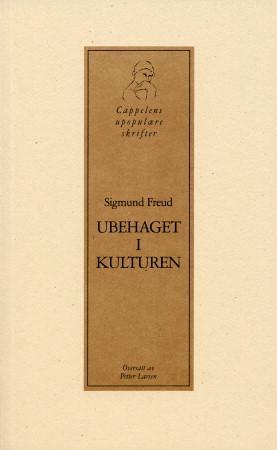
Yew av Fred Hageneder
349,-
<p><strong>The <em>yew</em> is one of the most fascinating and versatile life forms on Earth, botanically rich and intriguing, and culturally almost without comparison.</strong> In history, mythology, religion, folklore, medicine and warfare, this tree bears timeless witness to a deep relationship with mankind. <em>Yew</em> was the wood chosen to make some of mankind''s oldest artefacts: spears, bows and musical instruments. These include items like the prehistoric spear found near Clacton, the 2,000-year-old wooden pipes from Greystones, County Wicklow and, of course, the famous medieval English longbow. In modern medicine, too, yew has proved a boon. Since 1992 taxol/paclitaxel has helped revolutionise the treatment of certain types of cancer. In botanical terms, yew is a mass of contradictions. It is a conifer which bears scarlet ''berries'' with sweet juicy pulp instead of cones. It is highly poisonous in all its parts except the red fruit pulp, and yet both wild and domesticated a








